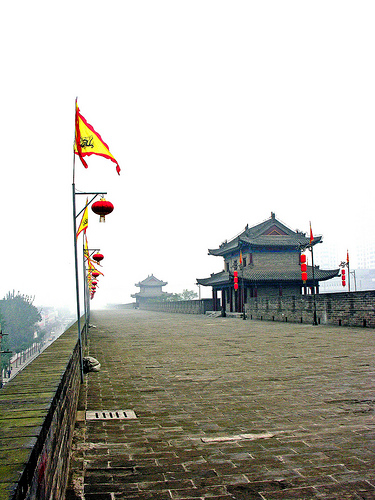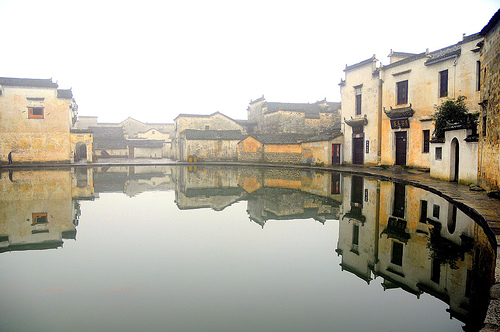Check out these supply china images:
China-7009 – City Wall of Xian

Image by archer10 (Dennis)
PLEASE, no multi invitations, glitters or self promotion in your comments, THEY WILL BE DELETED. My photos are FREE for anyone to use, just give me credit and it would be nice if you let me know, thanks – NONE OF MY PICTURES ARE HDR.
Along the wall there are sentry buildings every 120 meters, in total there are 98 of them.
When Zhu Yuanzhang, the first Emperor of the Ming dynasty (1368-1644), captured Huizhou, a hermit named Zhu Sheng admonished him that he should "built high walls, store abundant food supplies and take time to be an Emperor," so that he could fortify the city and unify the other states. After the establishment of the Ming dynasty, Zhu Yuanzhang followed his advice and began to enlarge the wall built during the old Tang dynasty (618 – 907), creating the modern Xian City Wall. It’s the most complete city wall that has survived in China, as well being one of the largest ancient military defensive systems in the world.
The wall now stands 12 (39ft) meters tall, 12-14 meters (39-46ft) wide at the top and 15-18 meters (49-59ft) thick at the bottom. It covers 13.7 kilometres (8.5mi) in length with a deep moat surrounding it. Every 120 meters (394ft) , there is a rampart which extends out from the main wall. All together, there are 98 ramparts on the wall, which were built to defend against the enemy climbing up the wall. Each rampart has a sentry building, in which the soldiers could protect the entire wall without exposing themselves to the enemy. Besides, the distance between every two ramparts is just within the range of an arrow shot from either side, so that they could shoot the enemy, who wanted to attack the city, from the side. On the outer side of the city wall, there are 5948 crenellations, namely battlements. The soldiers can outlook and shoot at the enemy. On the inner side, parapets were built to protect the soldiers from falling off.
Hong Village / 宏村

Image by Luo Shaoyang
The Hong Cun Village evolved in the Ming and Qing Dynasties, is located in a beautiful surrounding, with green hills around and clear streams winding through. The village, covering the territory of 30 hectares, has a great fame for her water-supplying system. The bird view of village’s shape is like a resting water-buffalo. The running water flows in the winding ditches to every household, and is finally gathered in a little lake at the entrance of the village. The peaceful environment and beautiful surroundings present outsiders a piece of pleasing and tranquil picture of a typical country life in South China.
Everyday hundreds of visitors are attracted to the village by its beautiful views and more than 140 well-preserved ancient houses, among which several magnificent clan halls and the celebrities’ former residences are most attracting. Inside these ancient houses you can appreciate the splendid wood carvings on the beams and columns. After your visit, you will conclude that Hong Cun’s major difference from other villages is that the well-preserved ancient houses get along harmoniously well with her beautiful surroundings. It was inscribed into the list of the World Cultural Heritage Site by UNESCO in 2000.